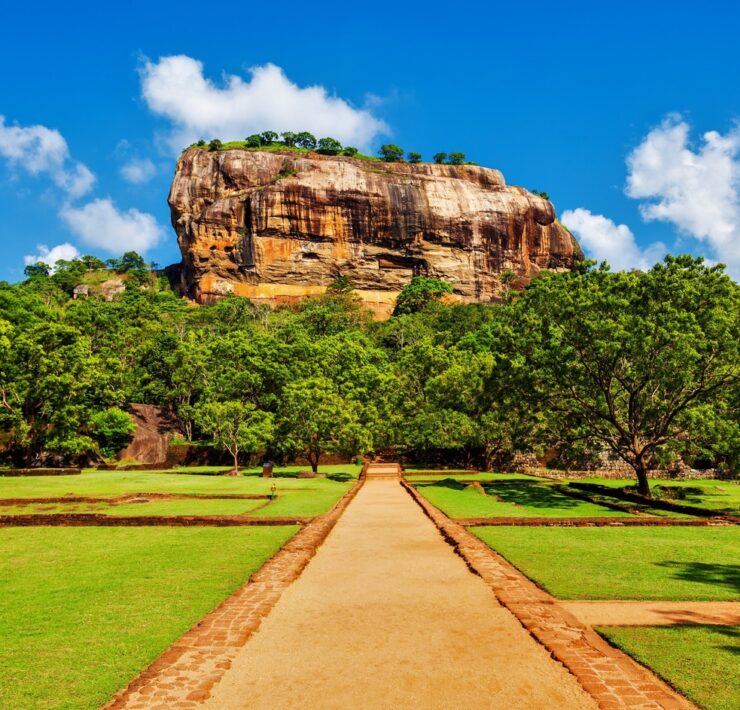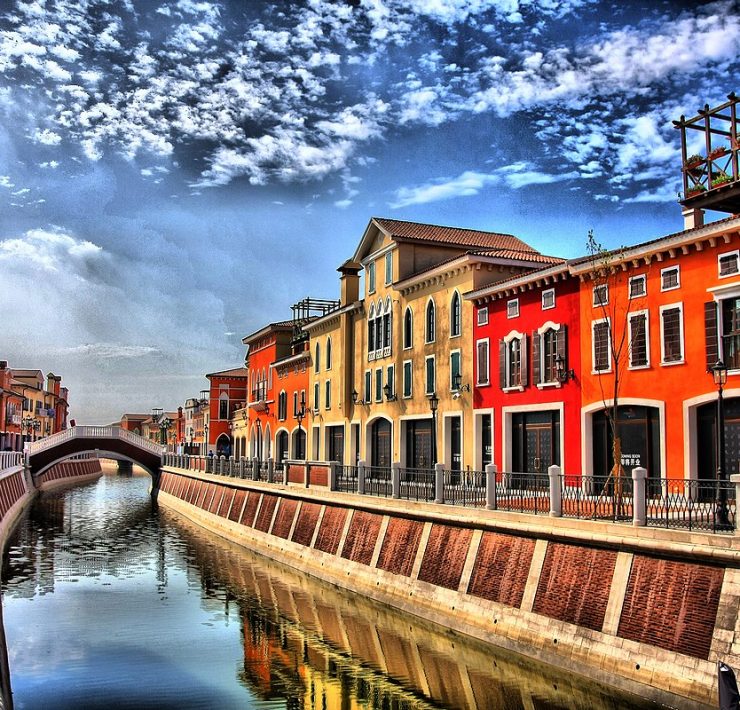Bhutan is a small country but is the home of many sacred sites and monasteries associated with Buddhism. One of those sacred monasteries is Tiger’s Nest, which is known as Paro Taktsang or Taktsang Palphug Monastery in Dzongkha (Bhutan’s official language). Tiger’s Nest is quite similar to the other monasteries in Bhutan, but it has two unique features – the trek leading to the monastery and the tiger nest cave. Its spiritual significance and natural beauty are also worth to mention.
When the Monastery was Built?
Built in 1692, Tiger’s Nest is situated in upper Paro Valley’s cliffside. The monastery was built around the cave where Guru Padmasambhava, who is also known as Guru Rinpoche, meditated in the 8th century. The Himalayan Buddhist monastery has gradually become the cultural icon of the country and is considered to be the holiest site in Bhutan.
What the Legend Says?
Guru Padmasambhava is a literary character of terma. He is believed to be an emanation of Amitabha, the principal Buddha in the Pure Land sect. He is a focus of Tibetan Buddhist practice and is said to appear to tertons in visionary encounters.
According to legend, Guru Padmasambhava reached the temple site by flying on the back of a tigress. At that time, he took the incarnation of the fiery Dorje Drolo, one of his eight manifestations. The tigress was actually his consort Yeshe Tsogyal who took the animal form to subjugate Singye Samdrup, the local demon. He meditated there for three years, three months, three weeks, three days, and three hours. In fact, he meditated in total thirteen taktsang or ‘tiger nest’ caves and Paro Taktsang is the best known of all of them.
After completing his meditation, Guru Padmasambhava converted the Bhutanese to Buddhism. The monastery was built nine centuries later in 1692 by Gyalse Tenzin Rabgye. Legend says that when the temple was first built, it was anchored to the cliff by the hairs of female celestial beings known as khandroma.
Hiking to Paro Taktsang (Tiger’s Nest)
The pilgrimage to Taktsang is the ultimate destination of any pilgrim traveling to Bhutan. It sits 3,000 feet above the Paro valley, the western part of the kingdom. You can reach there by two ways – hiking all the way up or riding a horse up to a certain point and then hike from there.
The hiking is fairly easy if taken slowly. You have to ascend a thousand steps or more while inhaling the fresh, cool mountain air and admiring the breathtaking view. A relaxed pace is suggested because he place situates 10,000 feet above the sea level. Visitors can take long walks through farms and villages to get prepared for the steep climb.
Up to your journey to the Taktsang, you will encounter several monks at certain points. They offer the visitors holy water and sometimes food to eat.
Structure of Paro Taktsang
The monastery has four main temples and residential shelters. Eight caves are there and four are fairly easy to access. The main cave houses a dozen images of Bodhisattvas with butter lamps burning in front of them. The sacred scripture is kept in an adjoining small cell. Paintings are also there on the walls of the monastery. A frieze of Buddha is placed at the highest level of the temple. The buildings are interconnected through rock stairways and steps with a few wooden bridges.
Today’s temple structure has been rebuilt and replaced several times. After a devastating fire completely destroyed the monastery and its contents in 1998, it was reconstructed in 2005. However, the Bhutanese revered more the ideas and philosophies related to the monastery, which they think cannot be destroyed.
Bhutan is a country that is deeply rooted to its natural heritage and culture, things that stemmed from its ancient spirituality. The Taktsang also teaches the value of nature and faith in power, teachings that have helped the country to choose the right way forward.
When On Earth Magazine is for people who love travel. We provide informative travel guides, tips, ideas and advice regarding places to see, things to do, what to taste, and much more for world travelers seeking their next dream vacation destination.






